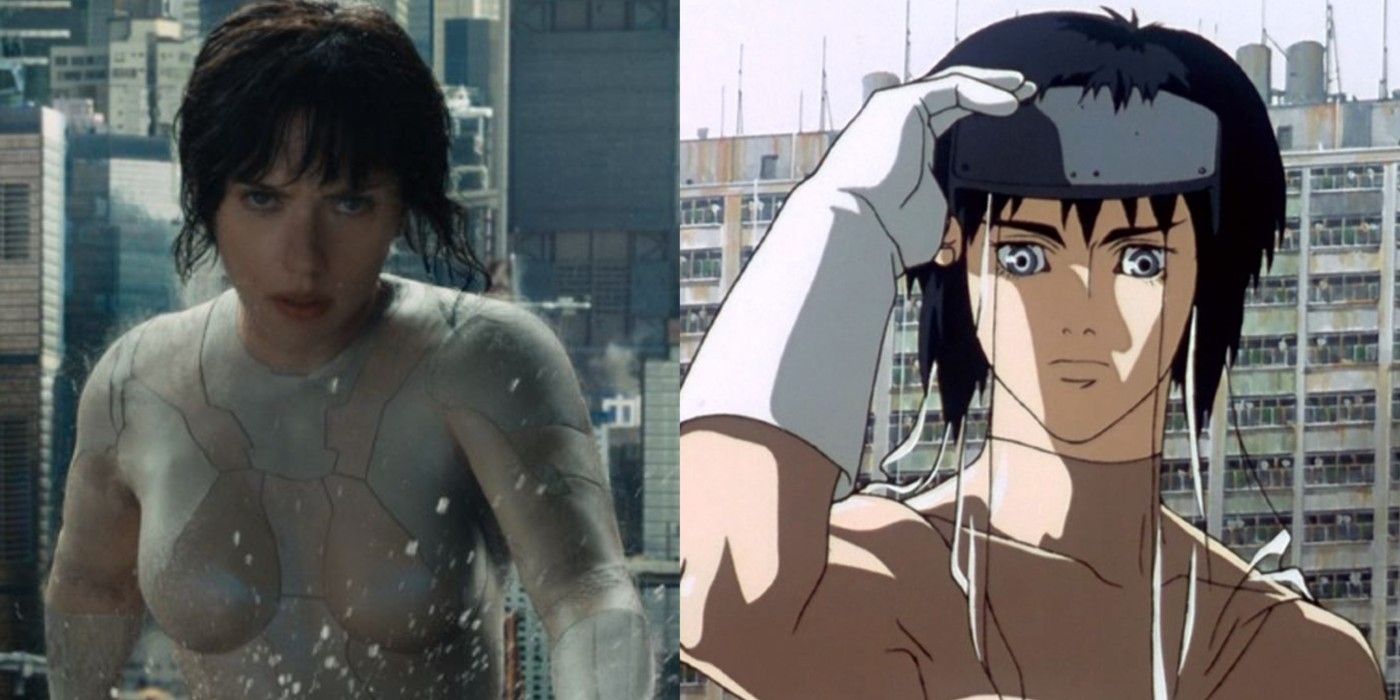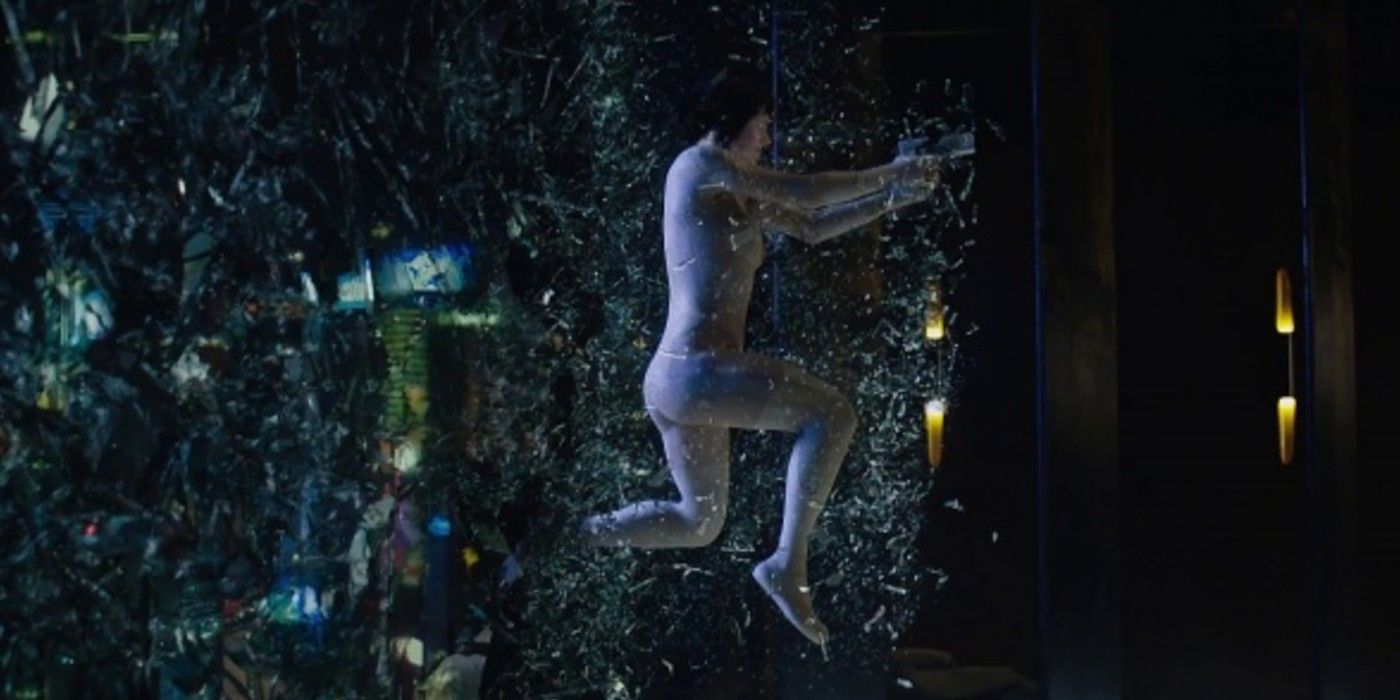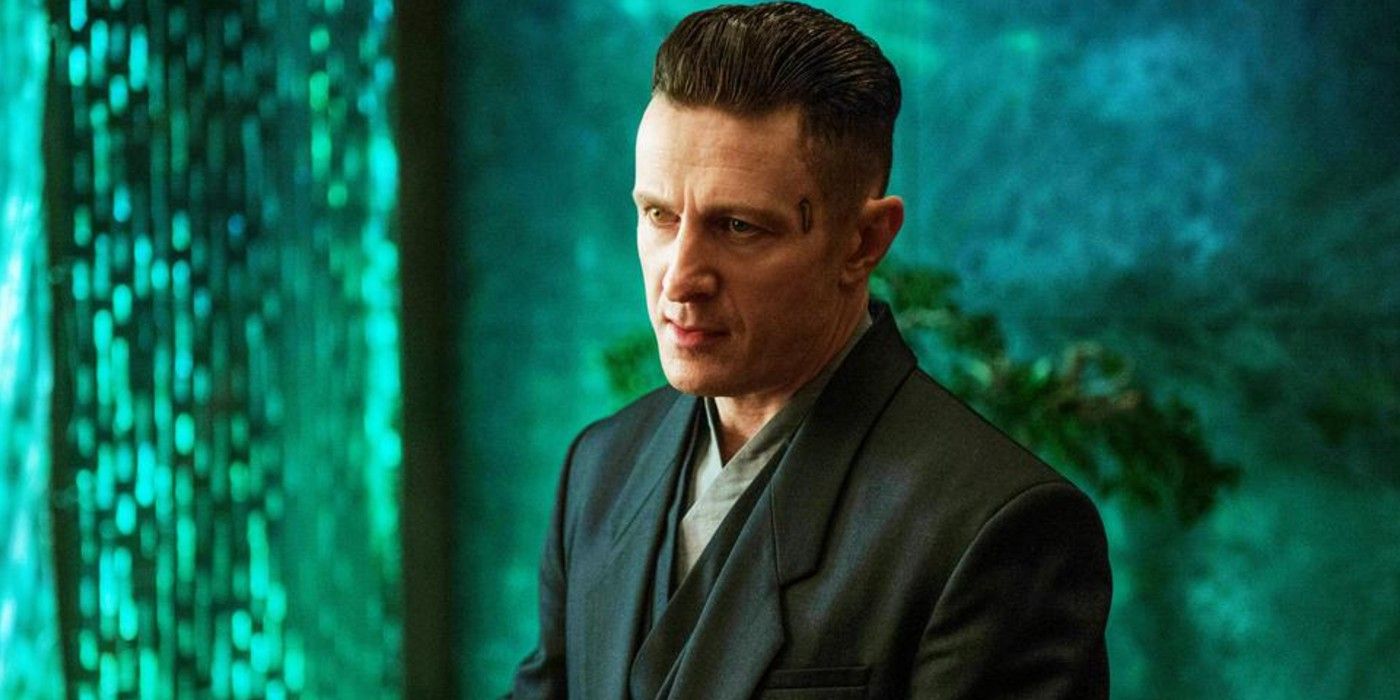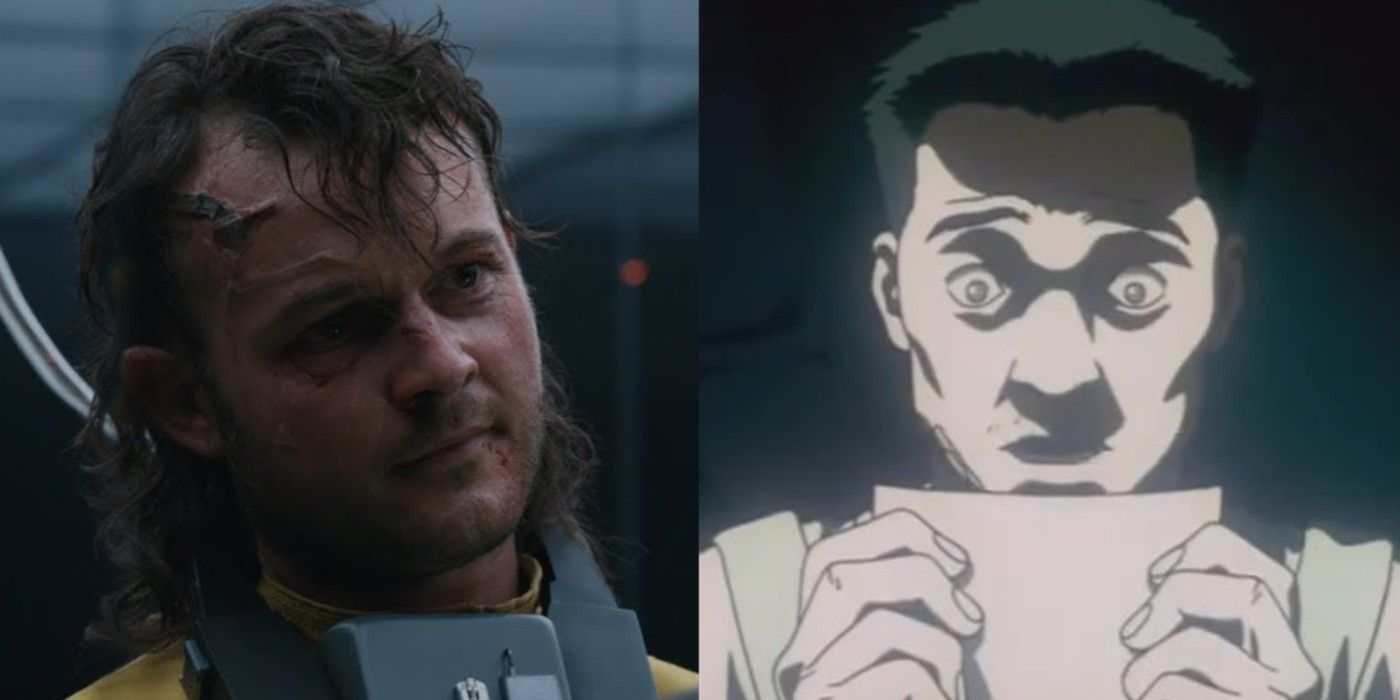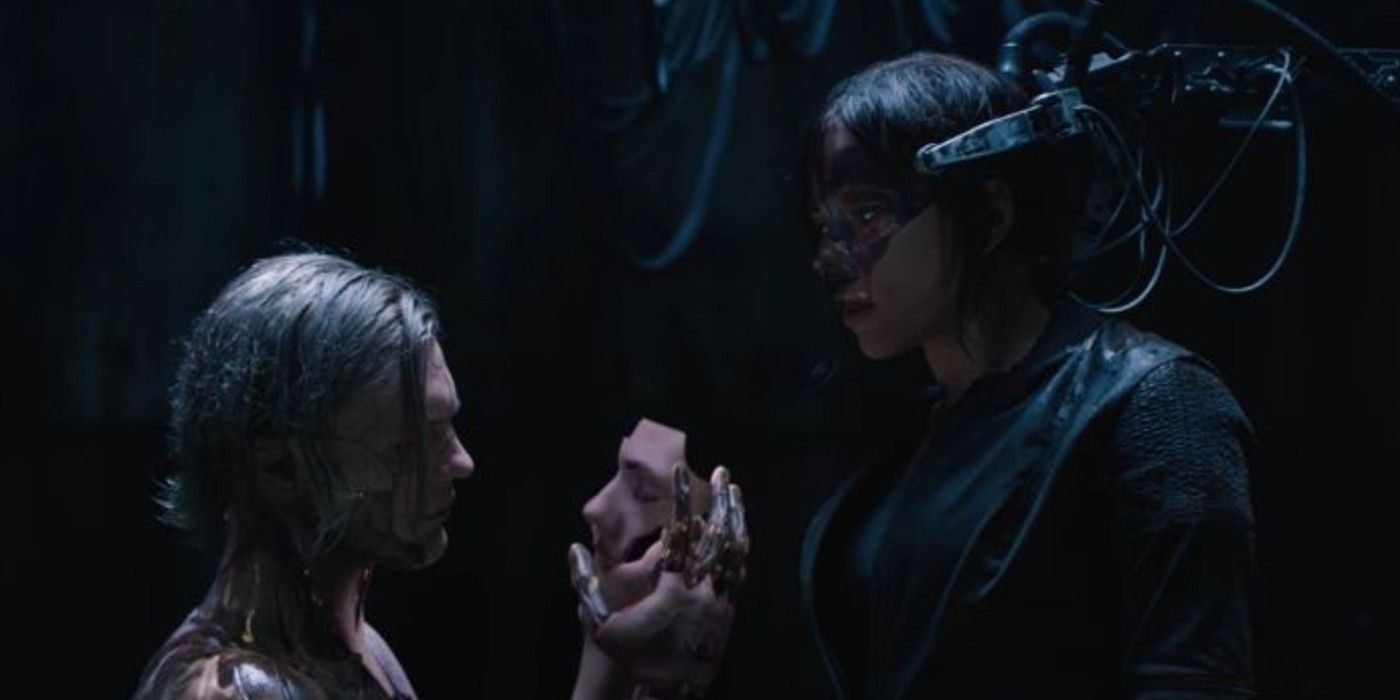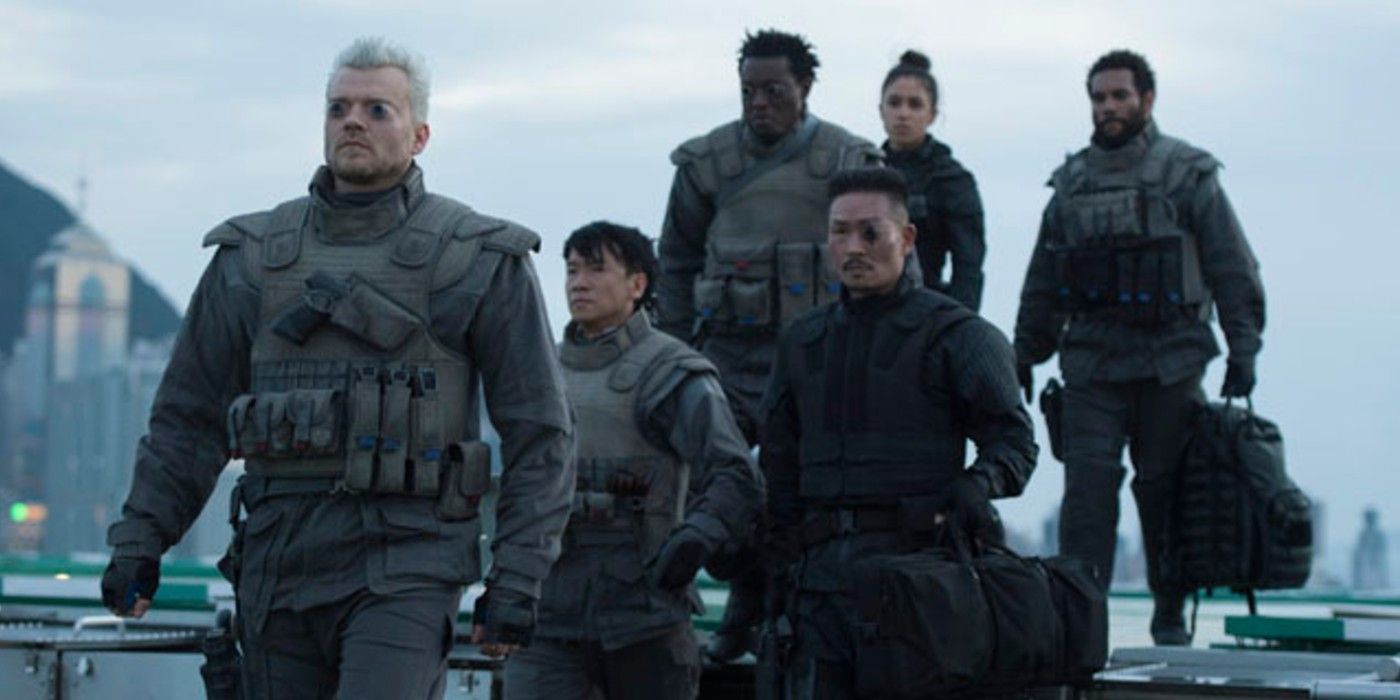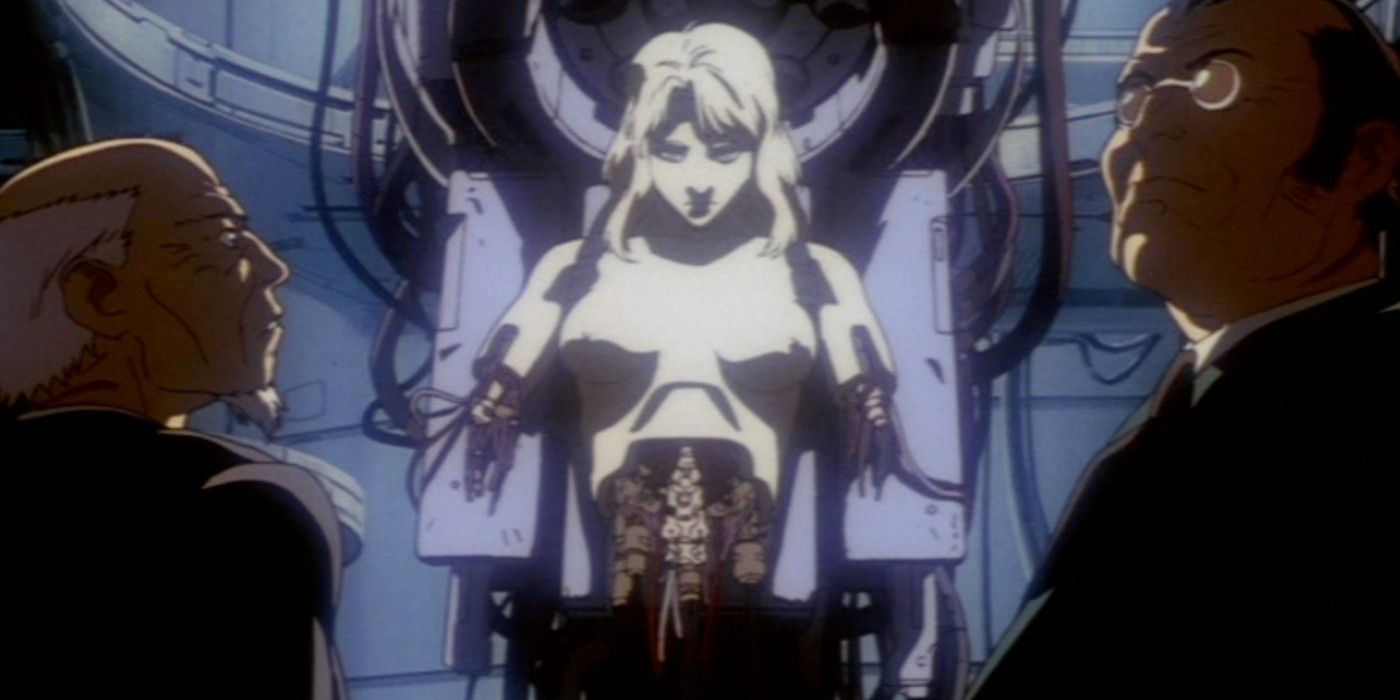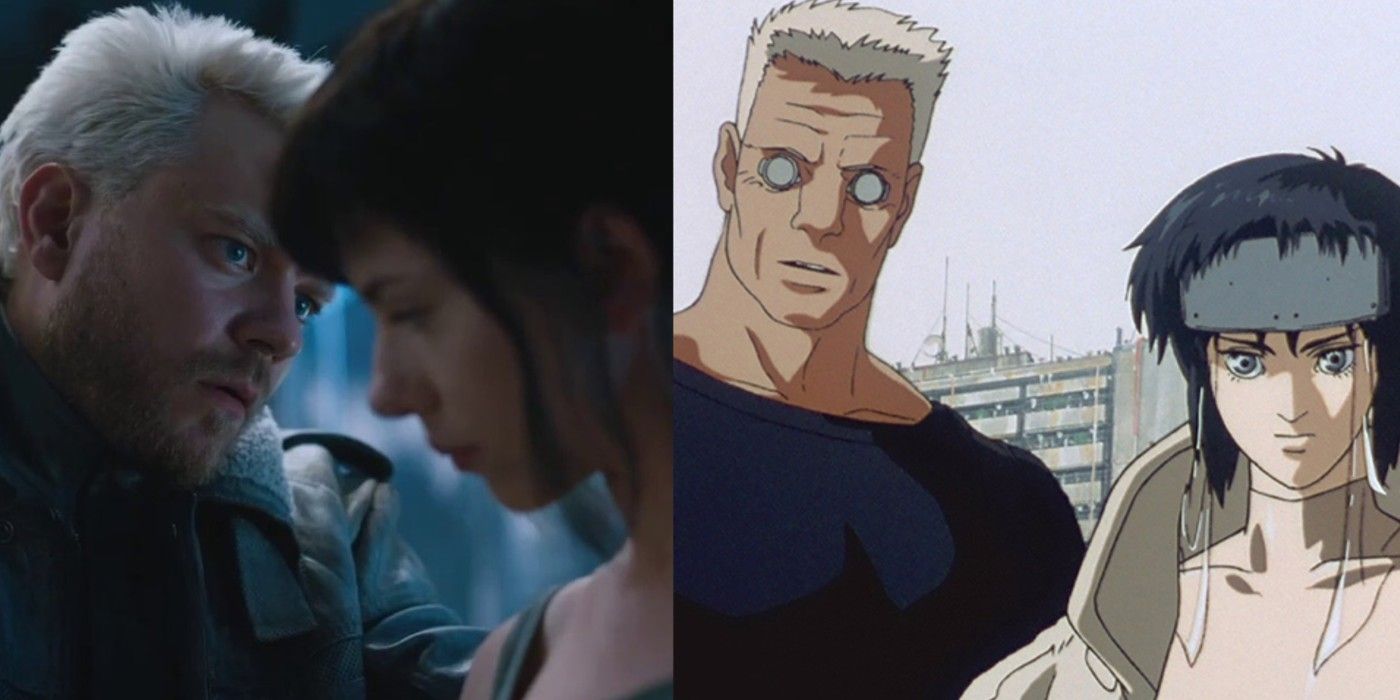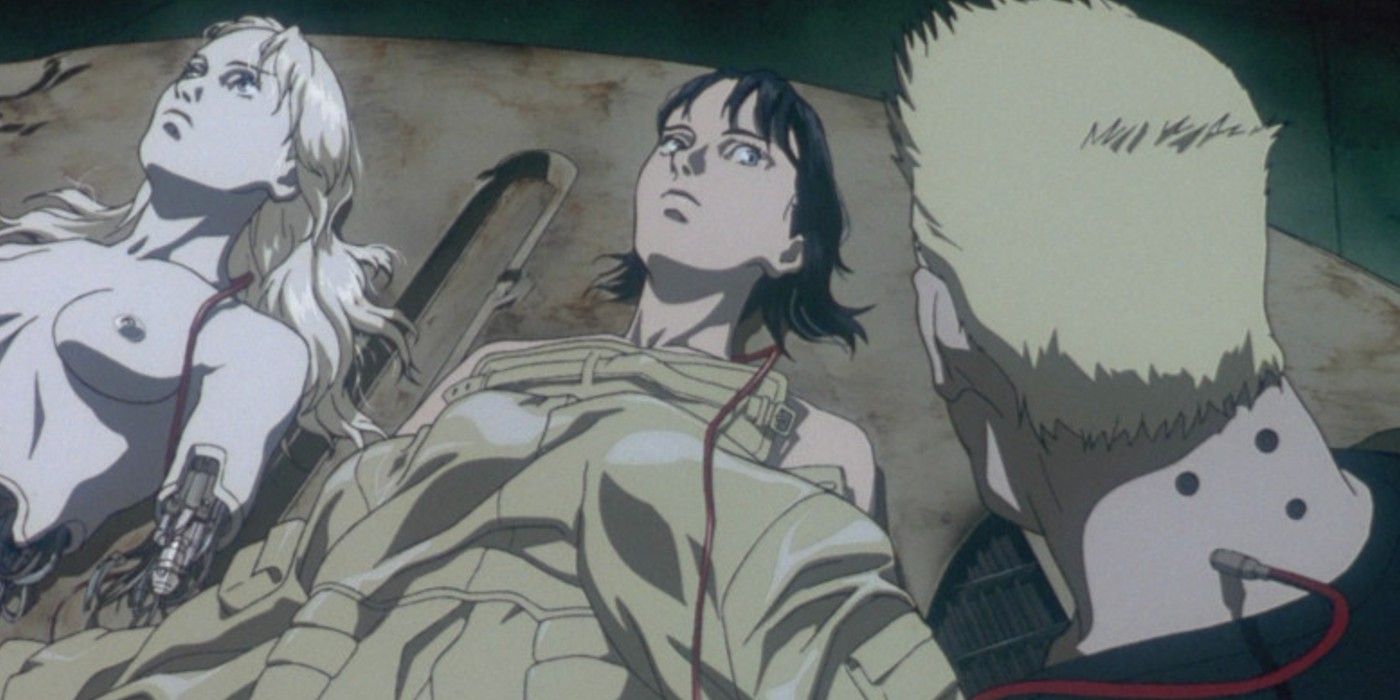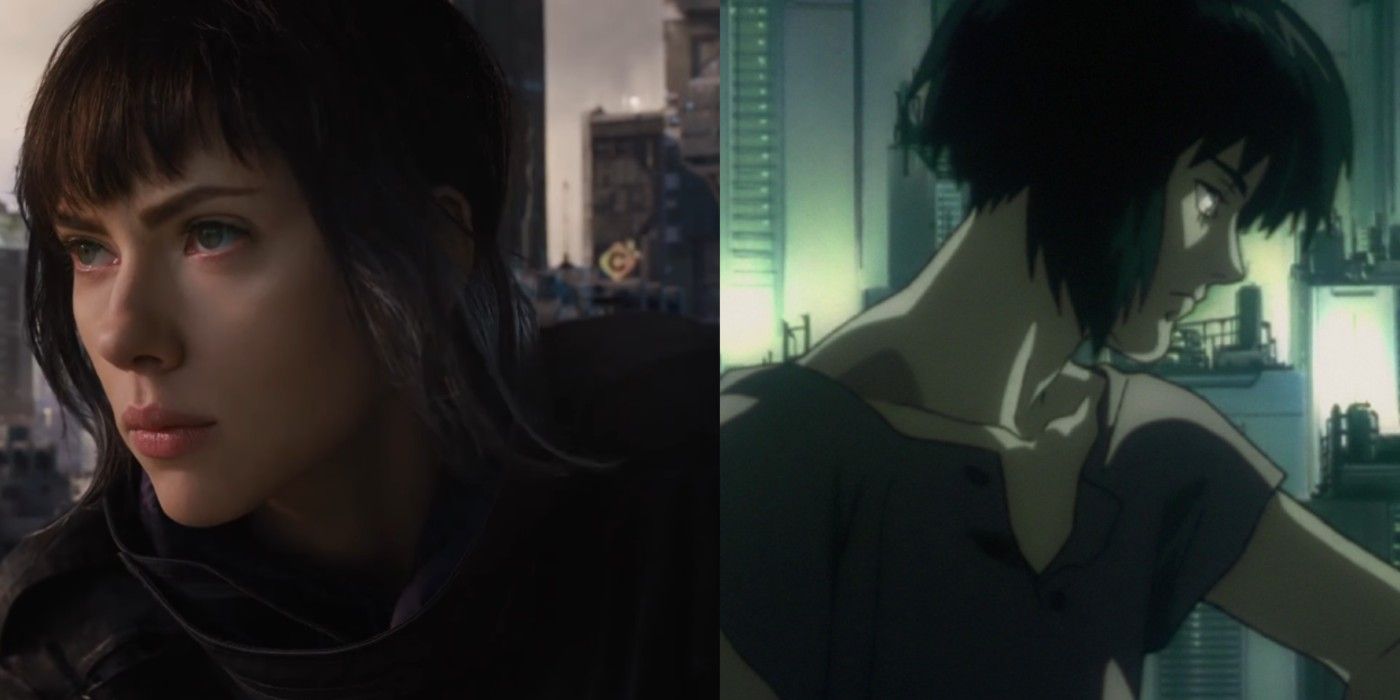To this day, the anime classic Ghost In The Shell remains one of the most influential movies to grace the cyberpunk genre and pop culture as a whole. Originally shown in 1995, the movie has spawned sequels and spin-offs that carry its legacy, resulting in an American remake released in 2017. The remake, however, didn’t live up to expectations and was met with controversy from the moment its production was announced.
While it’s not the worst American adaptation of a well-known anime, the new Ghost In The Shell was still mired with faults and problematic subtexts but that doesn’t mean it didn’t get anything right. In fact, it accomplished in some of the goals it set for itself. Here are 5 ways how the new Ghost In The Shell improved on the original and 5 ways it didn’t.
Improvement: Action
While some people are quick to remember its beautifully animated firefights, the methodical neo-noir Ghost In the Shell isn’t an action-oriented anime. What few action scenes it has move the central investigation forward, but they’re not the focus.
Its American remake, as predicted by fans, switches genres to become an action/sci-fi hybrid and it succeeds in what it set out to do. The live-action fights are more energetic here, especially those that are directly lifted from the anime. The main drawback here is the movie’s PG-13 rating, which dulls the impact and dread that these fights previously had.
Didn’t Improve: Adding A Villain
Something notable about the original anime is its lack of a clear antagonist. There are shady forces working against Section 9, but they can’t exactly be called “villains” because they’re driven more by obligation rather than malevolence.
Meanwhile in the remake, Hanka Robotics – represented by its ethically-bankrupt CEO Cutter – is revealed to be behind everything. Cutter is every bit as clichéd as an evil businessman in a sci-fi movie could be. With his narrow-minded quest for profits influencing his actions, Cutter fits better in a disposable ‘80s action/sci-fi romp instead of a retelling of Ghost In The Shell.
Improvement: The Garbageman
A surprising element of the anime that the remake takes the time to improve is the story of the garbage truck driver who’s Ghost Hacked – i.e. rewriting someone’s entire personality and memories – into trying to assassinate the Major.
In the anime, he’s just a driver who’s taken aback by his predicament whereas his live-action counterpart suffers a full-blown breakdown upon realizing that his memories about being a family man are fakes implanted by Kuze. His response to this is to commit suicide, driving in just how existentially harrowing getting Ghost Hacked is.
Didn’t Improve: A Revenge Plot
Previously, what started out as a string of assassinations turned into an existential crisis for the Major as her investigation on the Puppet Master gets deeper. By the anime’s end, she questions her humanity and merges with the Puppet Master to gain a better understanding of her existence.
In contrast, Kuze wants to kill his creators for conducting illegal full-body cyborg experiments on himself and other victims. His motivation isn’t bad in and of itself, but it’s leagues below the psychological conflict of the original and a predictable twist that’s common in generic action/sci-fi movies – something the original is not.
Improvement: Section 9
Section 9 has always been an important part of the Ghost In The Shell franchise, but they were only truly developed in the material that followed the original movie’s release. Of the team, only the Major, Batou, Togusa, and Aramaki got ample screen time while everyone else was just a background character.
Conversely, the new Section 9 has a more prominent presence in their first live-action appearance. While they don’t steal the movie from the Major, they have more to do than just stand around and wait for orders.
Didn’t Improve: The Underlying Conspiracy
Before gaining sentience, the Puppet Master was an Artificial Intelligence (AI) created by Section 6 who wants to exist in a physical brain so that he could die like a human being. Meanwhile, Kuze and the Major herself were the only survivors of an unethical experiment, where Kuze exacts justice on the perpetrators.
Simply put, the remake’s overarching conspiracy pales in comparison to that of the original. Where the anime’s true narrative shakes the Major to her core, its remake feels like a watered-down remake of RoboCop that’s at least better than the actual RoboCop remake.
Improvement: Major and Batou
The relationship between the stoic Major and the grizzled Batou is the emotional core of Ghost In The Shell but like Section 9, it was improved over time. The original anime did a great job of introducing their individual personalities and bond but doesn’t go beyond that.
In the remake, more time is spent showing how and why the Major and Batou connect with one another. While their dialogue is a mix of paraphrased lines from the source material and generic action-movie banter, the movie does its job of establishing their camaraderie quicker than what the original did.
Didn’t Improve: Philosophical Depth
Ghost In The Shell is recognized as one of the most thought-provoking sci-fi franchises around, using its cyberpunk trappings to question how we determine who qualifies as human or otherwise while showing just how murky that line gets as technology continues to progress.
As mentioned more than once, the remake is a simplified retelling that lacks the implications and nuances of the original. There are some ideas of identity and fabricated personalities at play, but they’re only mentioned in passing and barely given the proper amount of development to have a significant impact on viewers.
Improvement: Major’s New Origin Story
When Scarlett Johansson was cast as Major Mira Killian, many thought she would be a wholly new character separate from the franchise’s star and icon Major Motoko Kusanagi. As it turns out, Killian was actually Kusanagi but not in a way anyone expected.
The remake reveals that the brain of a dying Kusanagi was implanted into a full-body cyborg and given a new identity: Killian. Each incarnation of Ghost In The Shell gives the Major a new backstory and the remake presents an interesting take on her origins that’s sadly not examined as much as it should’ve been.
Didn’t Improve: Unfortunate Implications
For all the open questions it leaves, the original Ghost In The Shell still wraps everything up nicely and gives audiences a fulfilling experience. Its remake on the other hand, leaves many unfortunate and poorly thought-out implications in its wake.
The most egregious one is the aforementioned backstory, where a Japanese teenager’s brain is installed into Hanka Robotics’ idealized female body: a Caucasian American. If the script were smarter or even satirical, this would’ve made for an interesting deconstruction of perceived beauty standards but instead the remake barely touches the idea, turning it into a poor excuse for whitewashed casting.

